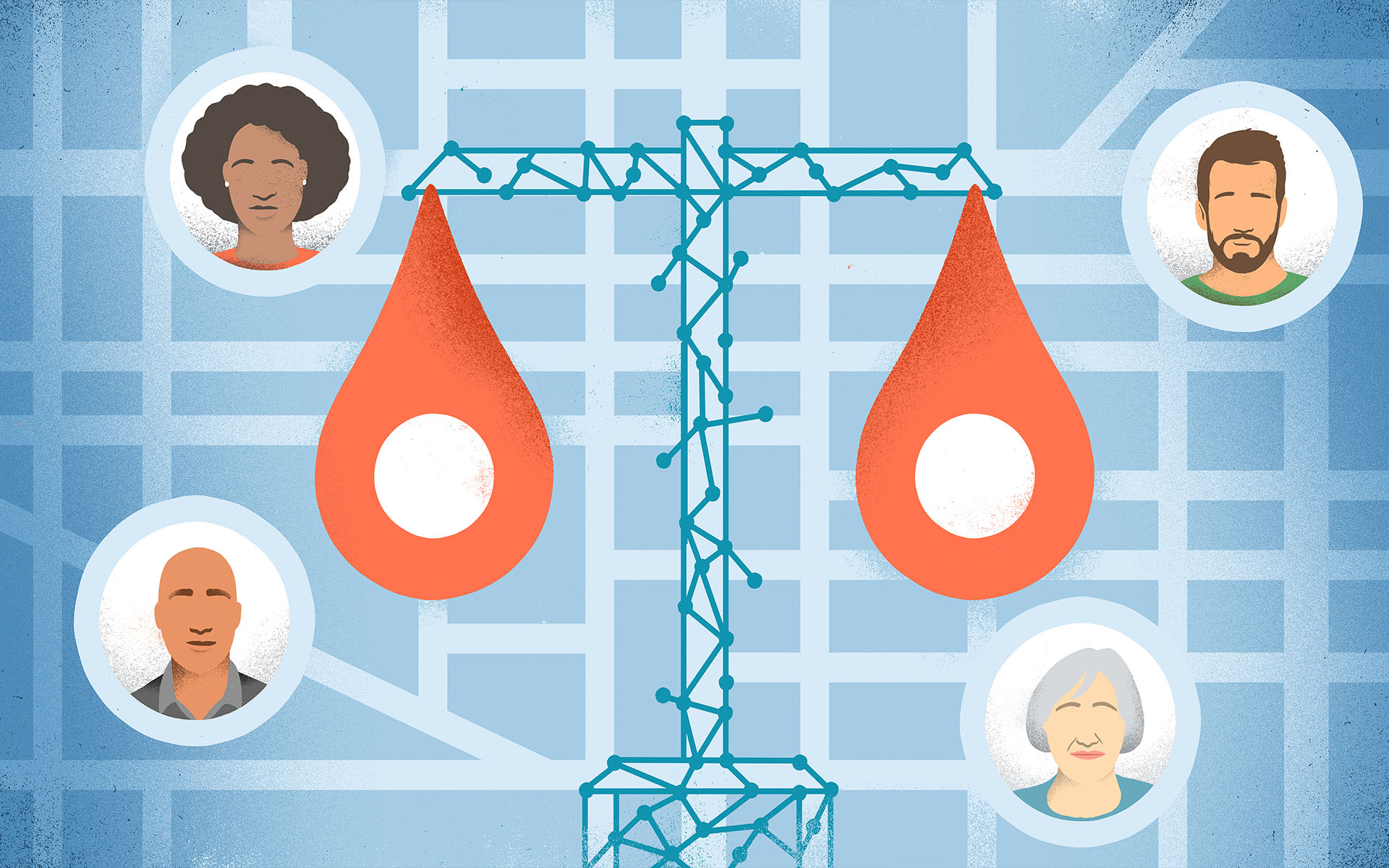Operations managers can take a leading role in helping connected urban centres thrive.
Cities are made up of hundreds of interconnected networks. From electrical grids and sewer lines to housing developments, these distinct systems work together to keep cities and their people humming along.
From pollution and congestion to poverty—as urban centres grow, so, too, do their challenges. New technology and shifting attitudes are helping to integrate previously decentralized systems with the goal of making cities better, safer and smarter places for people to live and work.
Achieving a smart city is not an easy task, hindered not least by the historically decentralized nature of these interconnected yet separate systems. For Wei Qi, an assistant professor of operations management at McGill University, the discipline of operations management (OM) may be perfectly poised to help smart cities thrive.
But first, OM will need a seat at the table.
The lynchpin in a system of systems
Operations research grew out of the wartime necessity to plot the movement of people and supplies. In peacetime, the discipline moved onto the factory floor to help optimize production before branching out into the supply chain, as the world became increasingly interconnected.
Now is the perfect time for OM to take the next step in its evolution and to tackle a system of systems, Qi argues in a recent paper co-authored by Zuo-Jun Max Shen (University of California).
A smart city is a lofty goal: Qi writes that it is often built with urban sustainability in mind, connecting digital communication infrastructure with the purposeful management of resources. While not always necessary, a driving theme for most intelligent urban plans is the use of data-gathering technology to make city living more efficient and accessible.
This can take many forms. In Columbus, Ohio, for example, smart-city efforts are focused on creating a transit-oriented, electric vehicle-first approach to rethinking how citizens move around. Meanwhile, Barcelona, Spain, puts communication and green tech at the heart of city planning, for example through the use of a tele-controlled irrigation system that feeds into the city’s many fountains.
While most smart-city projects are in the capacity-building stage for long-term sustainability, these various systems will need to become integrated, which won’t be an easy task because these important city functions often operate with varying priorities, risk tolerance, and even in different languages.
Integrating disparate parts
Qi points to the integration of electric vehicles (EVs): EVs have the potential to ease pollution—which is particularly important as companies like Uber increasingly take charge of moving people and goods from point A to point B.
Electric cars will become the key element in facilitating mobility (for personal movement, city transport or ride-share/taxi services); for EVs to thrive, they will need support at various levels including transit networks, electrical grids, and private companies.
Yet each of these systems operates with different priorities. Corporations are often focused on their bottom line—maximizing profits, while electricity providers may prioritize the stability of the network, Qi says. Corporations often have a high risk tolerance (if 80% of deliveries are made, it’s a success), whereas electricity providers are very risk averse (a continuous stream of power is the key, with few to no interruptions). Add in some future-oriented propositions, such as self-driving cars, and you have a bunch of systems that simply aren’t accustomed to working together.
“People speak a different language, but now they have to work together to make the city itself operate,” Qi says. “Operations management is really good at creating models and frameworks to help these systems operate together.”
Putting people first
However, the proper integration of OM and smart cities will require a mindset change among those working in the discipline, Qi argues. When it comes to smart cities, the heterogeneity of human needs should be at the core of the decision-making process, which isn’t what OM has traditionally focused on.
Supply chains are often viewed from a profit-maximization or cost-efficiency perspective. “But a city is really about people,” he says.
“We can’t put profits first because cities aren’t businesses.”
“We can’t put profits first because cities aren’t businesses.”
Part of the role of operations management scholars will be to incorporate concepts of equity and inclusion into their research and frameworks. Smarter cities will prosper when they better address the needs of their local communities, which requires a more purposeful approach to planning and model creation, Qi adds.
And it’s an important step— the success of smart cities is far from guaranteed. Toronto’s Sidewalk Labs, the collaboration between the City government and Google’s parent company, Alphabet, was indefinitely shelved because the privacy concerns and data collection for this smart neighbourhood could not be reconciled.
“It takes a new level of effort to move privacy to the forefront of conversations,” Qi says, pointing to the opportunity inherent in finding data-light models that take advantage of fewer data points than have historically been needed. “We have more advanced models, and we can get better and smarter insights with less probing into privacy,” he says. “We have to shift the focus to take these new realities into account by synergizing the expertise of OM and data science.”
Future focused
In the end, smart cities should “address various human needs, including safety, sustainability, service agility, reliability, resilience, and privacy,” Qi writes, adding that one of the biggest risks to cities’ smart growth will be the human tendency to build technology for the sake of building technology.
There’s booming demand—at both the grassroots and top-down corporate levels—for innovative integration at the city level that makes life better and more efficient. “The OM community needs to come together and provide more guidelines on how to use that technology,” he says. “But without the right decisions, the way we move forward may be counter-productive.”














